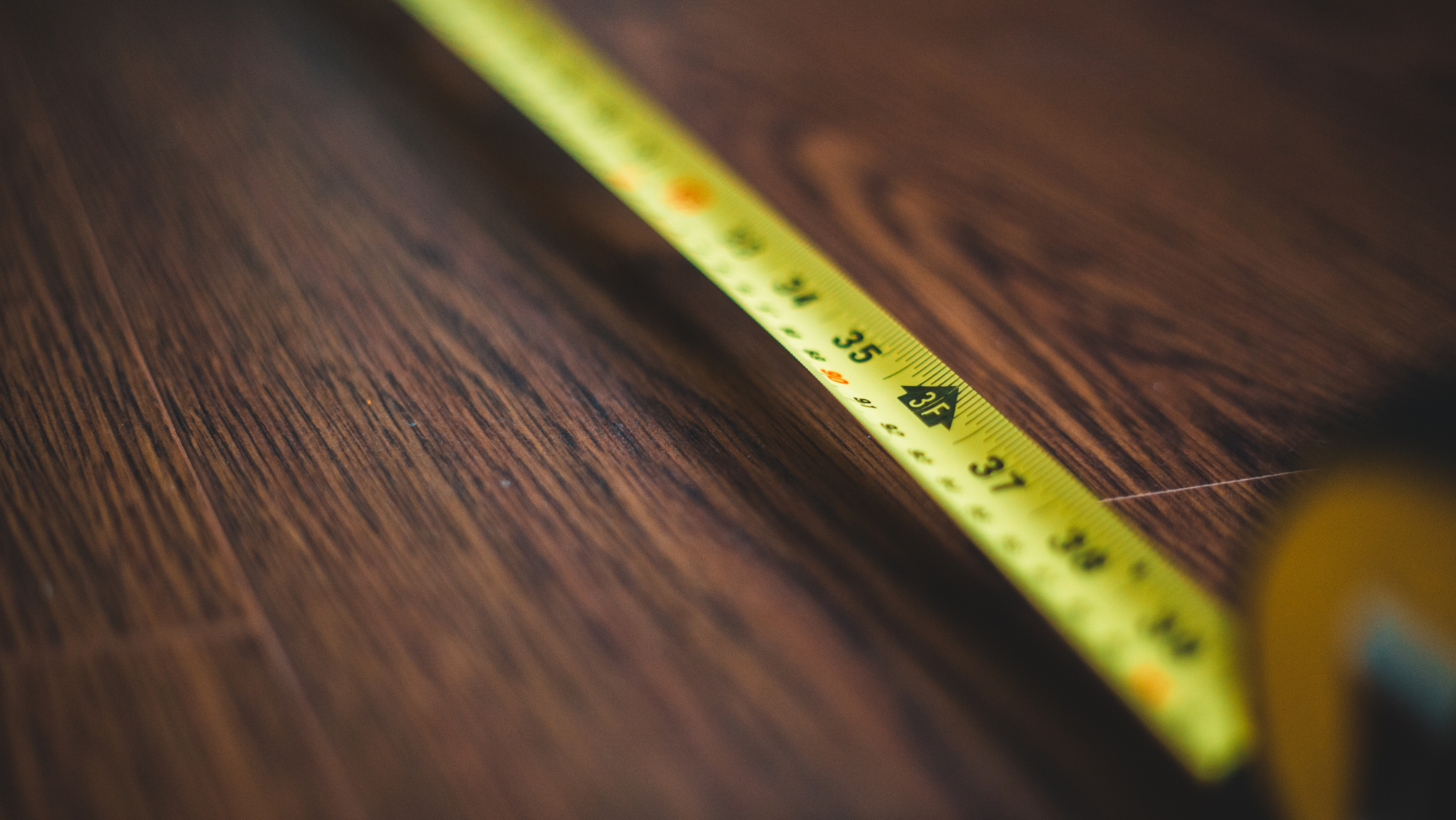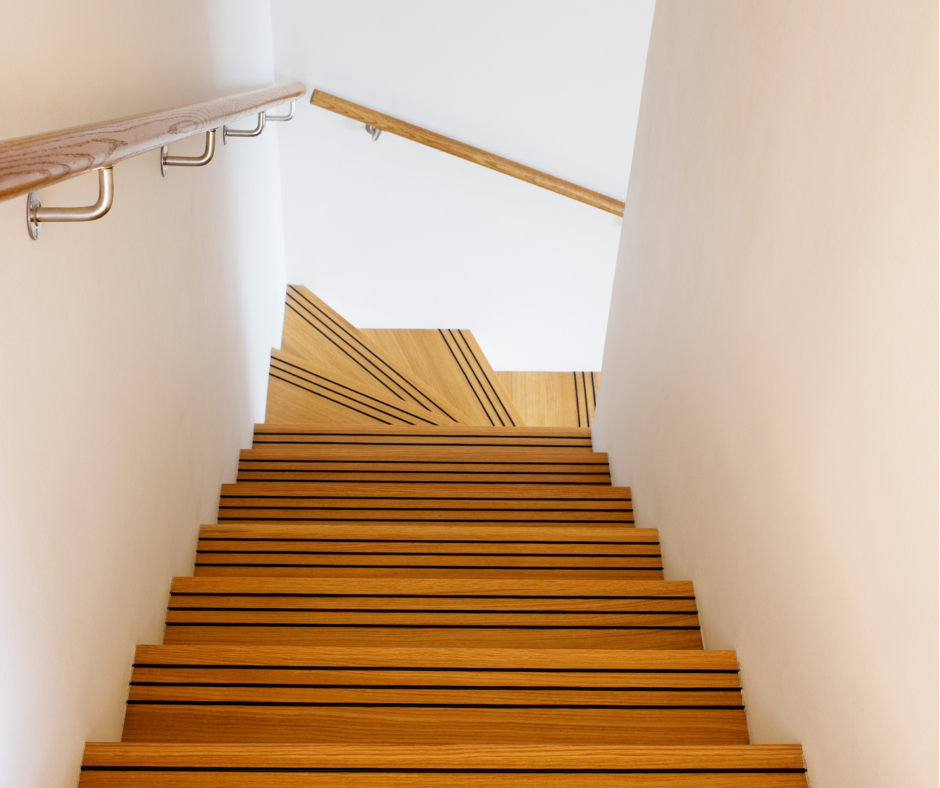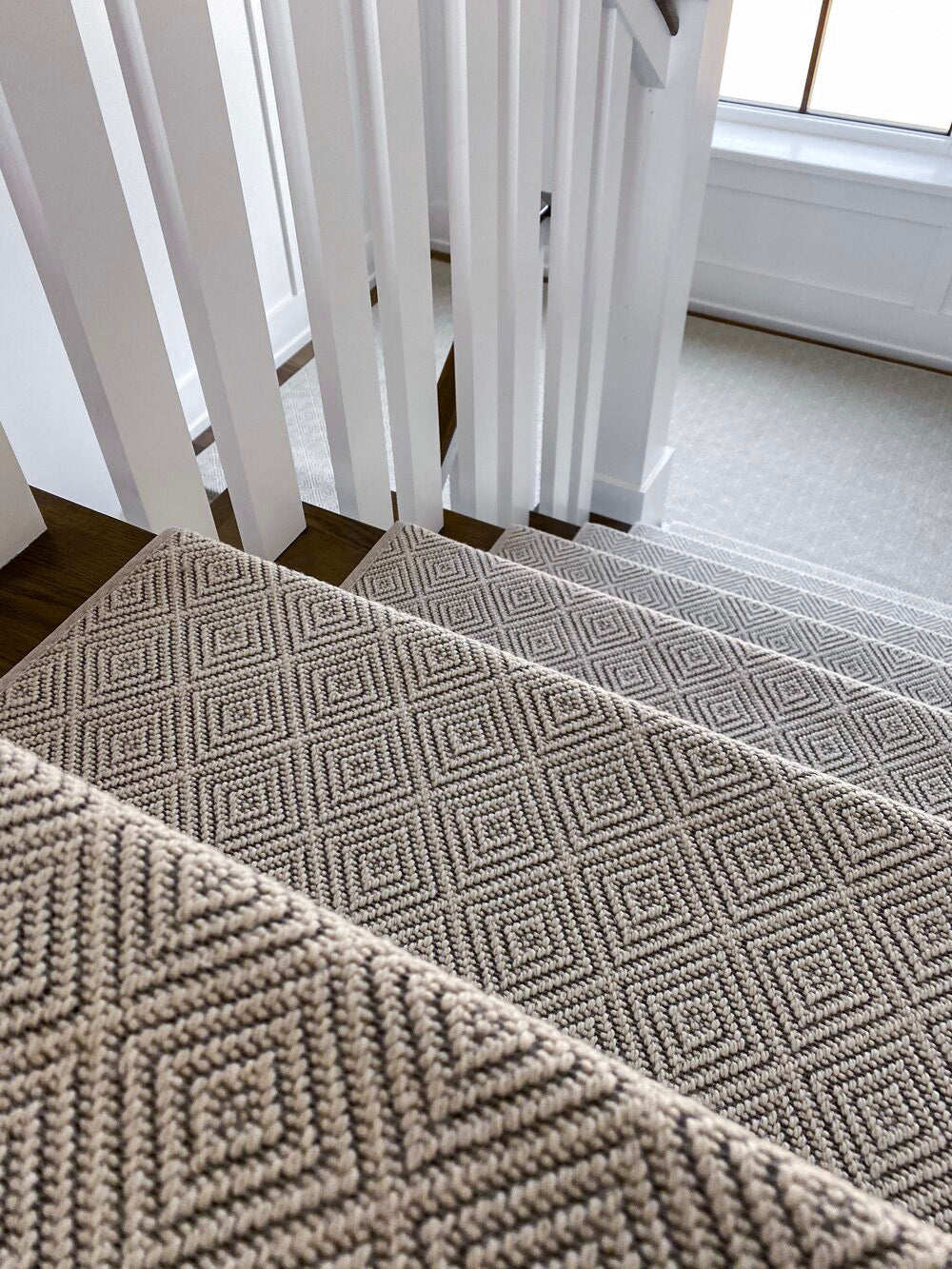Upgrading your stairs with a sleek, professional finish can transform your space.
How to do a mitered return stair tread starts with cutting the tread at a precise 45-degree angle and attaching a matching return piece to create a seamless, polished edge.
This method enhances both aesthetics and durability, making your staircase look custom-built.
Beyond looks, adding carpet stair treads improves safety by providing a non-slip surface while also enhancing comfort underfoot.
Properly measuring, cutting, and securing the return piece ensures a flawless fit that blends perfectly with the tread.
Keep reading to learn step-by-step instructions, expert tips, and material recommendations for a professional-quality installation.
Can You Cut Stair Treads with a Miter Saw?
Yes, a miter saw is the best tool for making precise angled cuts on stair treads, particularly when creating mitered returns.
Since the process involves making a 45-degree angle cut, the precision of a miter saw ensures a tight and seamless fit between the stair tread and return piece.
Tips for Using a Miter Saw for Stair Treads
-
Use a Sharp Blade: A sharp, fine-tooth blade minimizes chipping and ensures a clean cut.
-
Secure the Tread: Keep the tread steady and pressed against the fence to prevent movement.
-
Double-Check Measurements: Measure carefully before cutting, as even a small mistake can lead to gaps in the joint.
-
Make Test Cuts: Before cutting the final piece, test on scrap wood to ensure accuracy.
A high-quality bamboo stair tread return also requires precise cutting.
Since bamboo is a dense material, a carbide-tipped blade works best for clean, chip-free cuts.
How Do You Join Stair Treads Together?
Joining stair treads properly is essential for durability and a seamless look, especially when installing a mitered return.
Steps to Join Stair Treads with Mitered Returns
-
Measure and Cut the Tread – Cut the main tread to the correct length, ensuring the end where the return will be attached is mitered at a precise 45-degree angle.
-
Prepare the Return Piece – Cut a separate return piece from the same material, matching the width of the tread. The end that meets the tread should also be mitered at 45 degrees.
-
Dry Fit First – Before gluing, place the return piece against the tread to check for a perfect fit.
-
Apply Wood Glue – Use a high-quality wood glue on the mitered edges to ensure a strong bond.
-
Clamp the Pieces – Hold the pieces together with clamps until the glue dries completely.
-
Reinforce with Finish Nails – If additional strength is needed, use finish nails on the underside to secure the joint.
-
Sand and Finish – Once dry, sand the joint for a smooth transition and apply stain or finish to match the rest of the stairs.
Properly executing these steps prevents gaps and ensures a bamboo stair tread return or traditional wood return blends seamlessly with the stair design.
Do You Put Risers or Treads First?
When installing stairs, risers should always be installed before treads.
This method results in a more stable and professional-looking staircase.
Why Install Risers First?
-
Provides a Solid Base: Installing risers first ensures the treads rest securely against them.
-
Reduces Gaps: This method creates a clean, finished look without visible gaps.
-
Prevents Movement: Since risers are attached to the stringers first, they help lock the treads in place.
How to Install Stair Risers and Treads
-
Attach the Risers – Securely fasten the risers to the stair stringers using construction adhesive and screws.
-
Fit the Treads – Once the risers are in place, install the stair treads by positioning them snugly against the risers.
-
Secure the Treads – Use adhesive and finish nails to keep them firmly attached.
Following this installation order ensures long-term durability and enhances the overall safety of the staircase.
How to Cut Stair Tread Returns Properly
Mastering how to cut stair tread returns is crucial for achieving a professional, seamless look.
Cutting errors can lead to unsightly gaps or misaligned edges.
Best Practices for Cutting Stair Tread Returns
-
Measure Precisely: Double-check measurements before making any cuts.
-
Use a Miter Saw: The most accurate tool for making 45-degree mitered cuts.
-
Check for a Tight Fit: Dry fit the return piece before gluing to ensure a precise joint.
-
Use Clamps for Stability: Clamping keeps the pieces aligned while the glue sets.
Regardless of whether you are working with oak, maple, or a bamboo stair tread return, following these steps ensures a tight, professional finish.
Choosing the Best Material for Stair Tread Returns
Selecting the right material impacts both aesthetics and durability.
Many homeowners choose hardwood options like oak or maple, but bamboo stair tread return pieces have gained popularity due to their strength and sustainability.
Pros and Cons of Popular Stair Tread Return Materials
MaterialProsConsOakDurable, classic look, easy to stainExpensive, heavyMapleSmooth grain, easy to paint or stainCan be prone to warpingBambooSustainable, extremely hard, modern appearanceRequires specialized cutting tools
If you're considering how to cut stair tread returns, keep in mind that bamboo stair tread return pieces require a high-quality saw blade to handle their density without splintering.
Common Mistakes to Avoid When Cutting Mitered Returns
Even experienced DIYers can make mistakes when learning how to do a mitered return stair tread.
Avoid these errors for the best results:
-
Incorrect Angle Cuts: A misaligned 45-degree cut results in gaps. Always check with a square before cutting.
-
Weak Adhesion: Using low-quality glue or skipping clamping can weaken the bond.
-
Not Sanding the Joint: Failing to sand the joint leaves a visible line, making the transition less seamless.
-
Skipping a Test Fit: Always dry fit the pieces before applying glue.
Being mindful of these mistakes helps ensure a professional-looking installation.
Steps To Success
A well-executed mitered return stair tread enhances the beauty and functionality of your staircase.
Whether you're working with classic hardwoods or opting for a bamboo stair tread return, precision cutting, careful joining, and proper installation techniques are key to a flawless finish.
Taking the time to measure correctly, use the right tools, and follow best practices will ensure that your stairs not only look elegant but also last for years to come.
Contact Us Today!
For premium carpet stair treads that add both safety and style, visit Oak Valley Designs today.
-
Website: https://oakvalleydesigns.com/
-
Phone: 706.331.0315
-
Email: info@oakvalleydesigns.com
-
Address: 30 River Ct SW Bldg E Cartersville, Ga 30120




